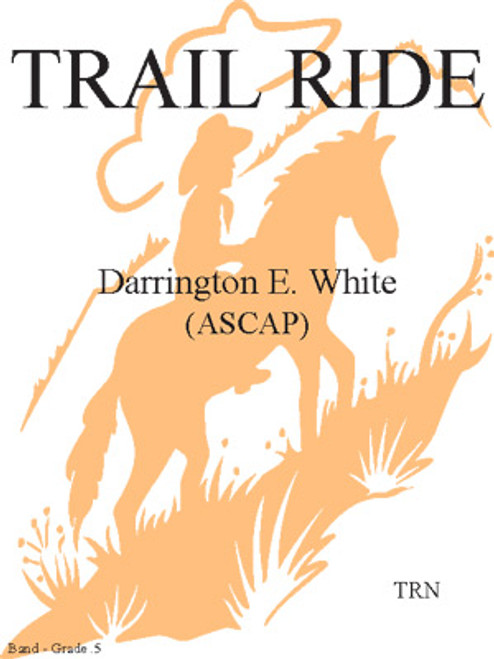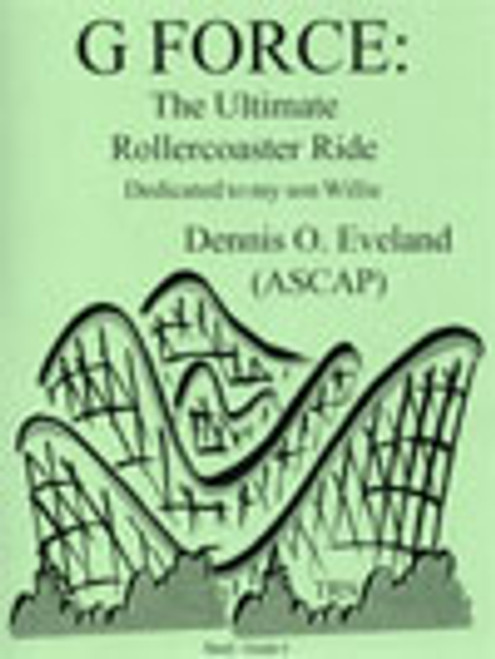The Sleigh Ride by Wolfgang Amadeaus Mozart / arranged by Patrick Dunnigan. The Sleigh Ride was composed in 1791 (dated February 12) as part of the Three German Dances (K. 605) for chamber orchestra. The original score consists of two sections in standard minuet and trio form of the Classical period followed by an extended coda section. Specifically, Mozart entitled the trio section as "the sleighride" (Die Schlittenfarht) but the entire work is commonly referenced by this designation. Its programmatic nature and lively rhythms make it an excellent selection for winter concerts. This transcription of The Sleigh Ride demands a delicate touch by the performers. Maximum lightness and clarity is required in all articulated passages. Brass players (especially low brass) should perform with overall reduced volume and woodwinds should achieve a full, robust sonority. The clarinets should be balanced for maximum projection against the other sections. The percussion section will require special attention; thesnare drum should not be allowed to dominate. Mozarts original score calls for a set of tuned sleighbells (sonagli) which are not typically available to school bands. Standard orchestral sleighbells are used in this transcription and may be doubled (if available) for maximum effect. The metronome indication represents the maximum recommended tempo; conductors of less experienced groups may consider a slower tempo, if the appropriate energy can be maintained. The ending is an exact transcription of the Mozart score, but some conductors may find this conclusion a bit unsatisfying given the energy, grace, and vitality of the preceding music. An alternative ending has been included which provides a tutti finish, but does not change any of the original musical context. Students should listen to a quality orchestral recording for a better understanding of the appropriate texture and lightness. The Sleigh Ride has been recorded often by the Boston Pops Orchestra, and a 1990 recording by the Orpheus Chamber Orchestra (Deutsche Grammaphon 429-783-2) is highly recommended.
- Composer: Patrick Dunnigan
- 3
- 48
- 2:52






